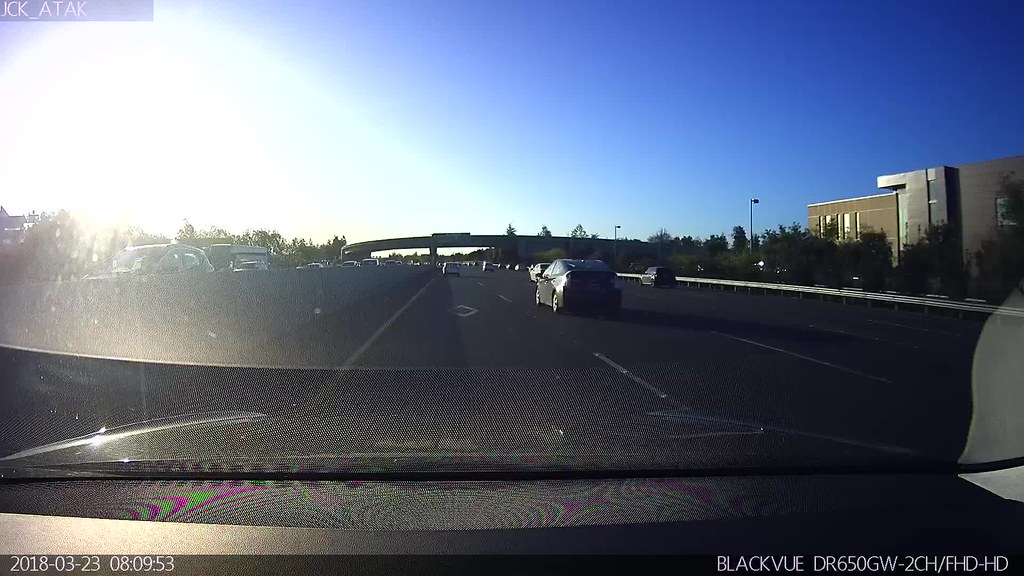I drove that road on Thursday night, and I'm about 99% sure the barrier had been reset. I vaguely recall noticing the barrier. It is possible that I'm remembering wrong, though, and it is also possible that there could have been two crashes there within a few hours of each other.
Strongly agreed—particularly regarding the addition of those plastic posts. Also, the fact that we're debating whether it was reset or not tells me that there needs to be a policy change. If it can't be reset immediately, they should have to put in temporary barrels before they reopen either carpool lane, and this should be mandated by law, or else it won't happen.
But the biggest thing that they can do to improve things is to make the signage better. The second sign about the exit is way past the point where it is too late to act on it. The second set of signs should be at least good fifty to a hundred feet earlier, possibly even as far back as the Shoreline bridge (which is just past where the first set of signs are. That also means that the first set should be even further back than they are.
And a third of the way from Rengstorff to Shoreline, that sign on the right side that says "Junction 85 1/2 mile" should also appear on the left.
The first hint that the left lane is an exit lane doesn't happen until you get to the signs on the Old Middlefield Rd. bridge right before Shoreline, just 3,000 feet from the hard gore point, and 2,000 feet from the start of the solid white line, which appears very suddenly right after you get out from under the Shoreline bridge. The fact that the line is partially obscured by the shadow of the bridge doesn't help. That solid line should really start before the Shoreline bridge so that it is more visible.
Also, there should be brightly colored pavement markings indicating that the left lane is an exit lane, starting just south of Oregon Expressway where the second carpool lane first appears, so that drivers are not caught off guard. I thought they had some white pavement paint, but I don't see it on Street View, so perhaps I'm remembering wrong. Either way, I guarantee if you had a green state route shield painted on the lane with a number painted on it, that would be a thousand times more visible. And the way I see it, they should appear as often as the carpool lane signs. After all, if you have to have those every couple of hundred feet to keep people from accidentally straying into the wrong lane, the routing markers seem like they should be at least as important.




 20180323_080953_NF
20180323_080953_NF
